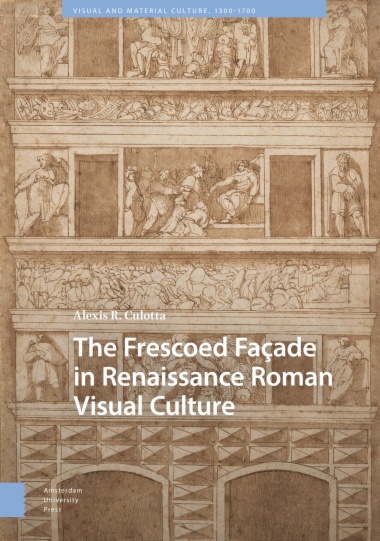The collection of essays brings together texts from two decades, documenting two of the author's ongoing areas of interest: the poetics of colour in film as well as affective viewer responses. Employing a bottom-up approach as a basis for theoretical exploration, each of the essays concentrates on a particular film or a number of related films to come to terms with a set of issues. These include the differences between black-and-white and color works, the emergence of bold chromatic schemes in the 1950s, experimental aesthetics of color negative stock, idiosyncratic uses of colour, idiosyncratic uses of motor mimicry, genre-specific reactions to the documentary, and empathetic reactions to animals and to architecture in film.
- Table of Contents
- Preface
- Cinematic Color
as Likeness and as Artifact
- Chords of Color
- The Tension of Colors
in Colorized Silent Films
- Structural Film, Structuring Color:
Jenny Okun’s Still Life
- Desert Fury: A Film Noir in Color
- The Work of the Camera:
Beau travail
- Empathy with the Animal
- Motor Mimicry in Hitchcock
- Abstraction and Empathy
in the Early German Avant-garde
- The Role of Empathy in Documentary Film: A Case Study
- Genre Conflict in Tracey Emin’s Top Spot
- Viewer Empathy and Mosaic Structure in Frederick Wiseman’s Primate
- Casta Diva: An Empathetic Reading
- Publication Data
- Index of Films
- Index of Subjects

